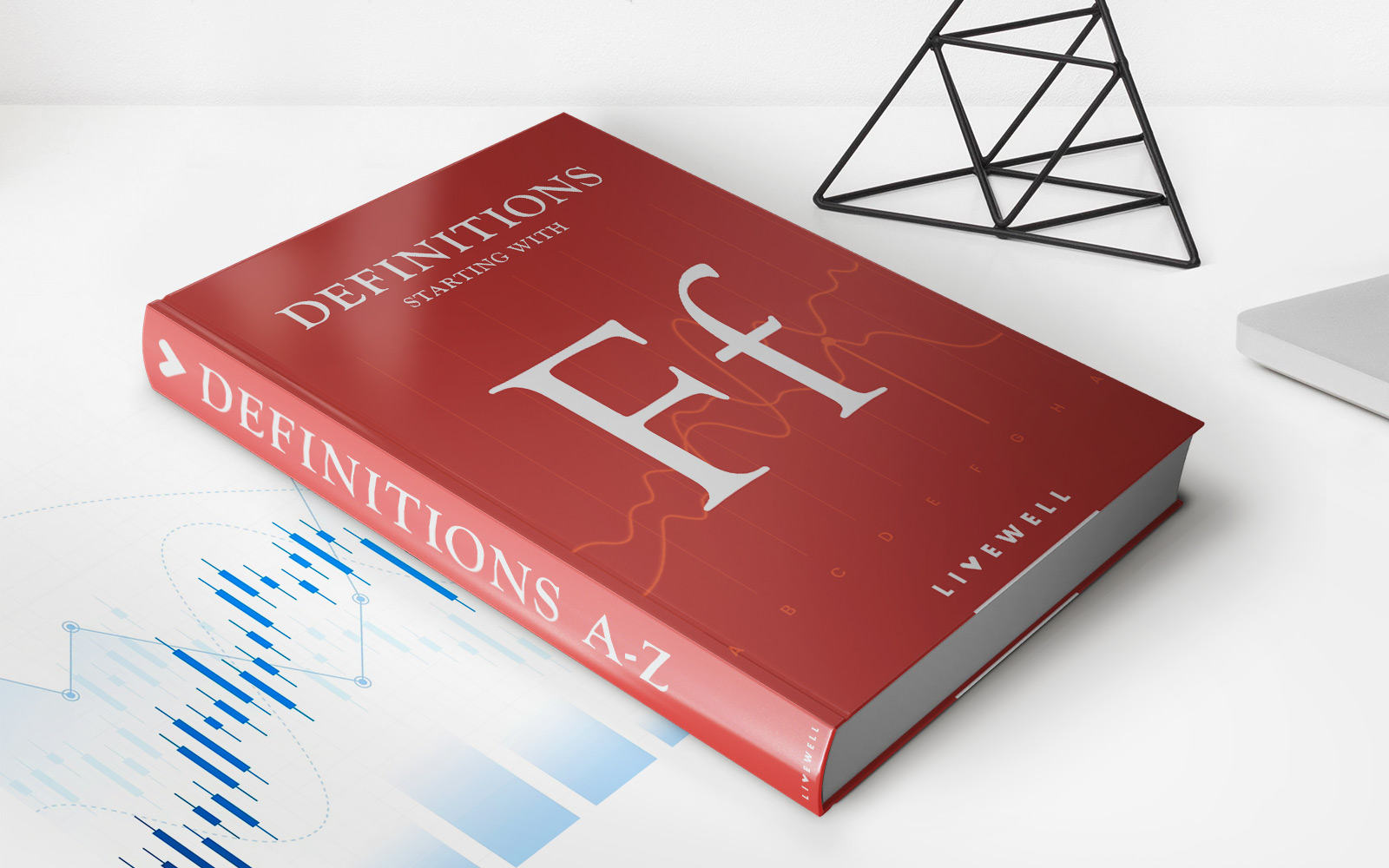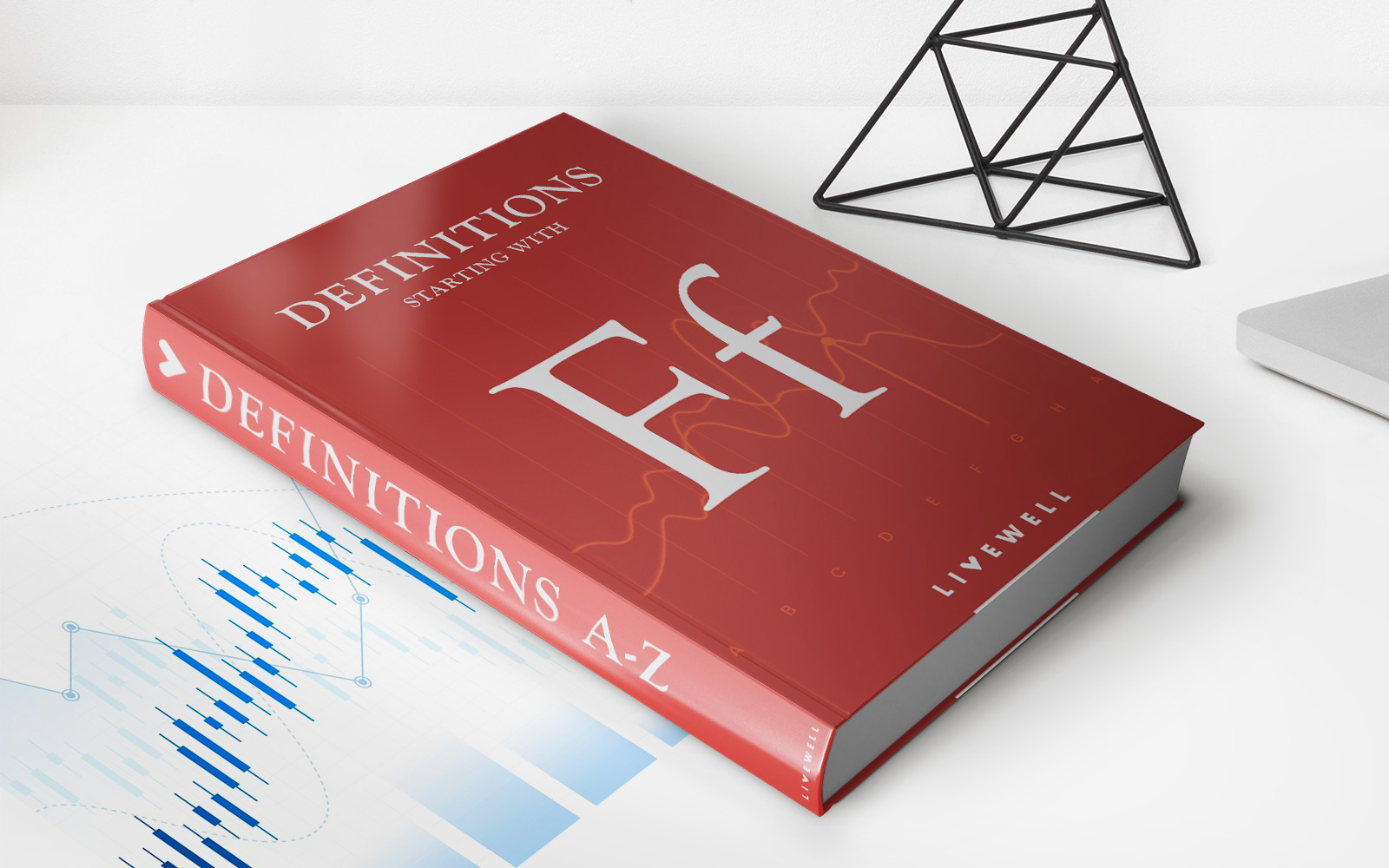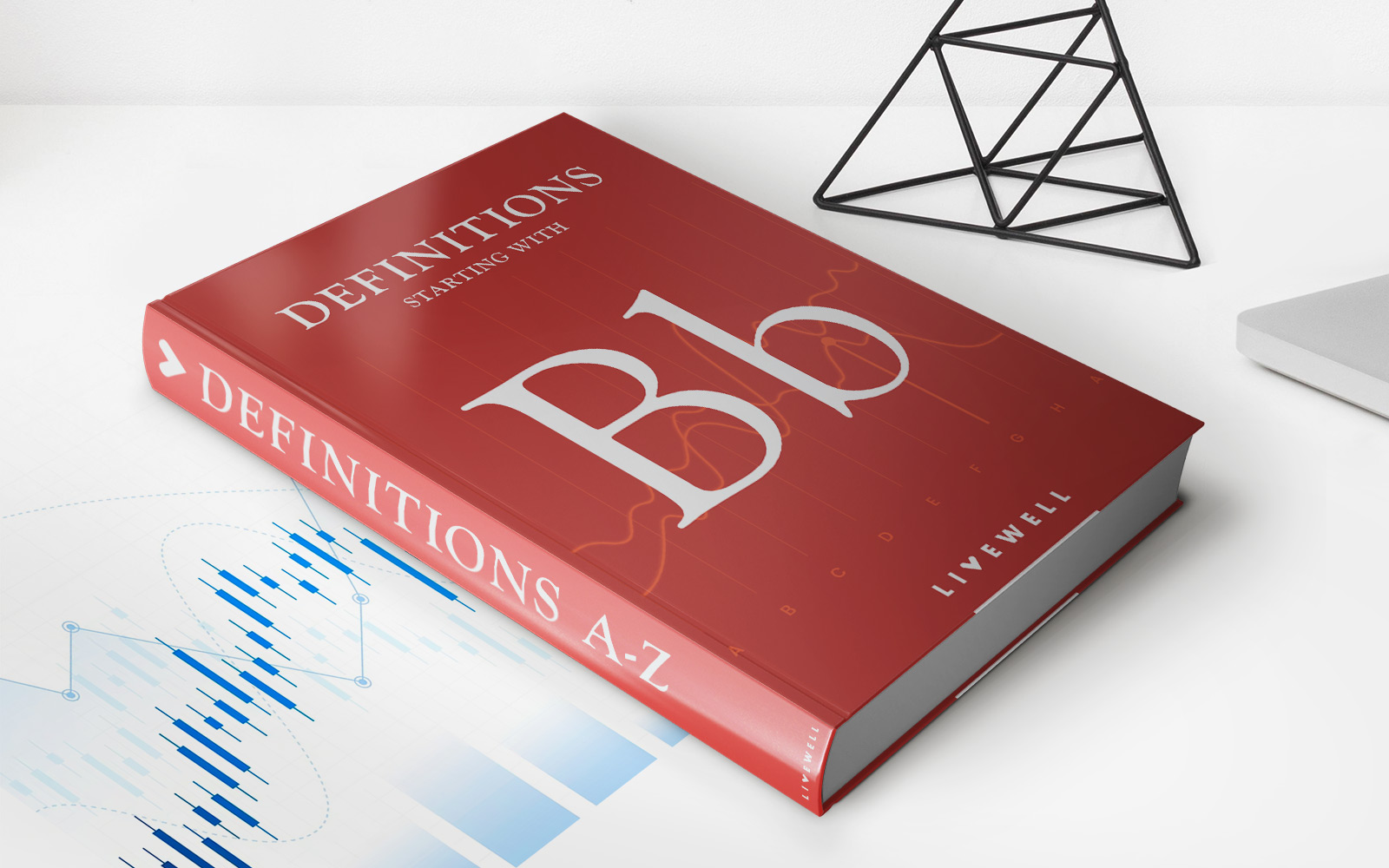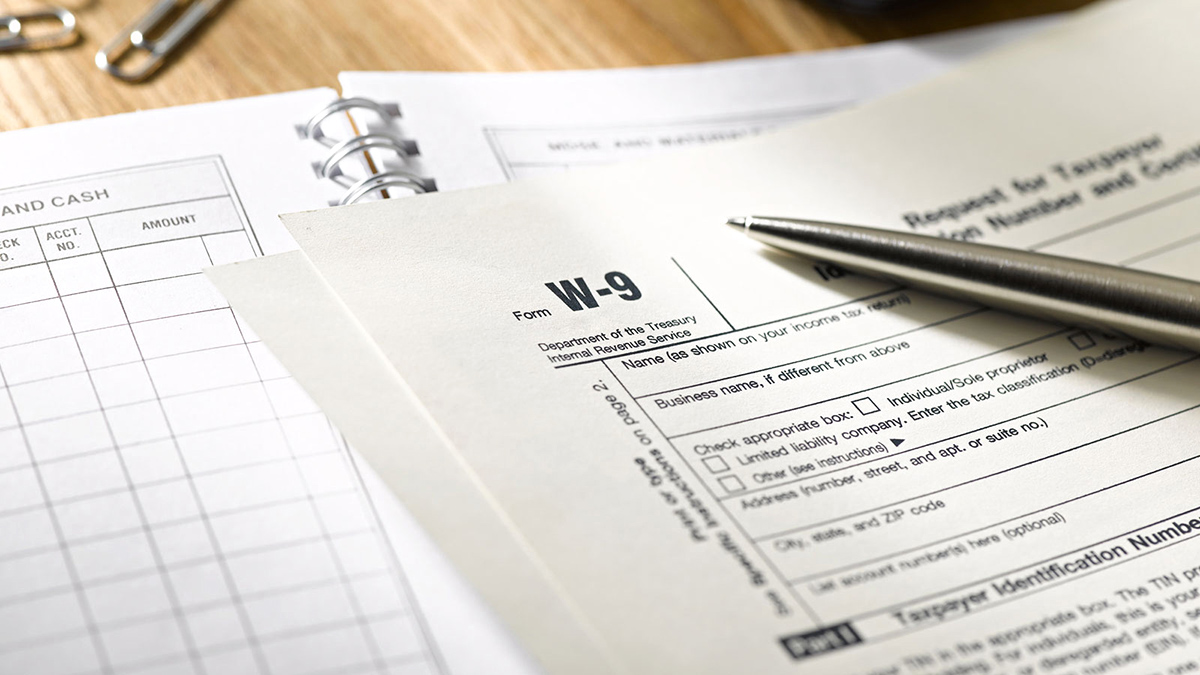Home>Finance>Form 2106: Employee Business Expenses: Definition And Who Can Use
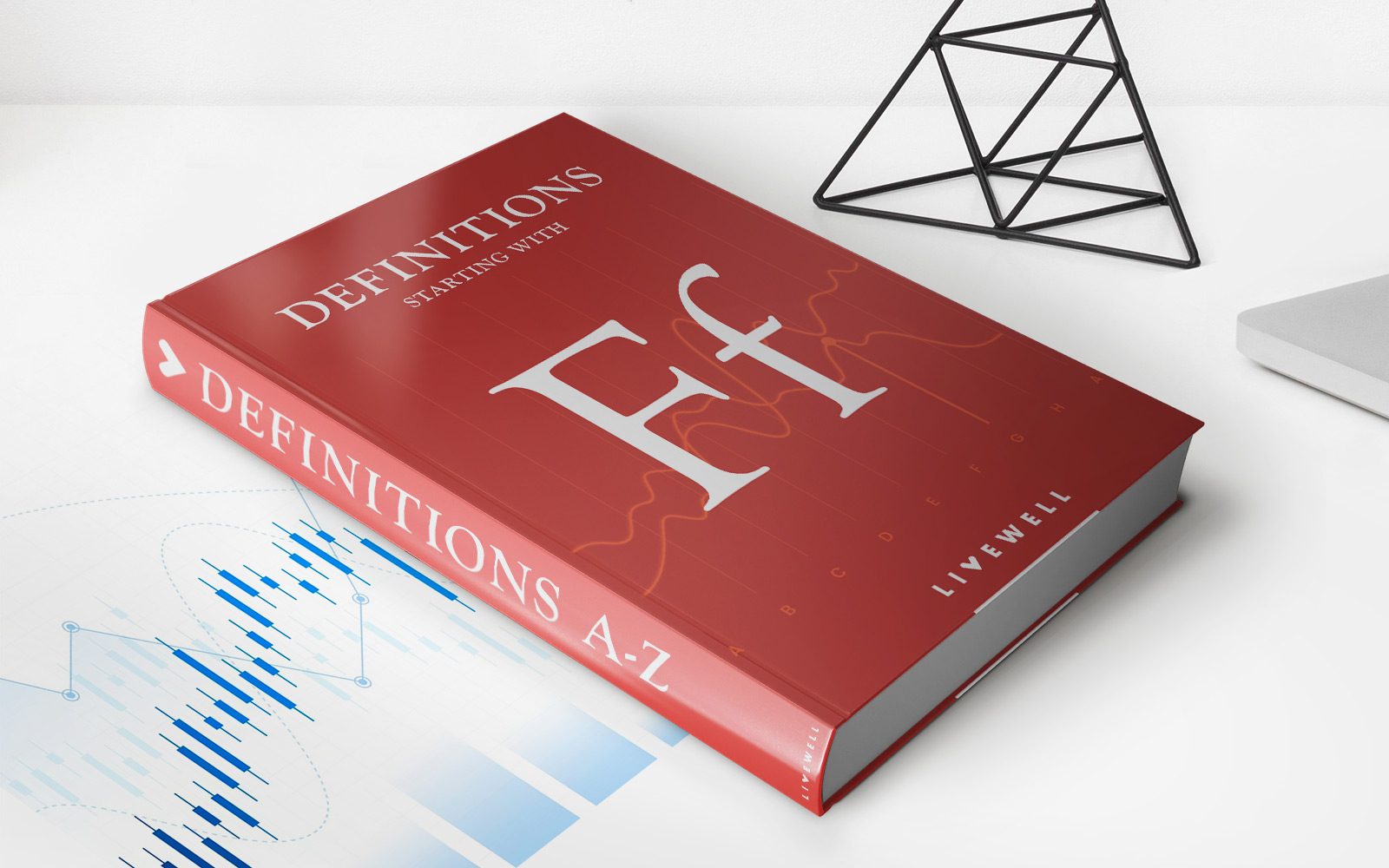

Finance
Form 2106: Employee Business Expenses: Definition And Who Can Use
Published: November 27, 2023
Learn about Form 2106: Employee Business Expenses in finance. Find out its definition and who can use it to maximize tax deductions.
(Many of the links in this article redirect to a specific reviewed product. Your purchase of these products through affiliate links helps to generate commission for LiveWell, at no extra cost. Learn more)
Understanding Form 2106: Employee Business Expenses: Definition and Who Can Use
When it comes to navigating the world of financial matters, knowledge is key. From tax deductions to saving strategies, understanding the intricacies of personal finance can truly make a difference in your financial wellbeing. As part of our ongoing commitment to demystify finance, today we will delve into the topic of Form 2106: Employee Business Expenses. What is it, who can use it, and how can it benefit you? Let’s find out.
Key Takeaways:
- Form 2106 is used to report employee business expenses that are not reimbursed by an employer.
- Qualifying employees can deduct eligible business expenses as an itemized deduction on their tax return.
What is Form 2106?
Form 2106, officially known as “Employee Business Expenses,” is an IRS tax form that allows employees to report their deductible work-related expenses. These expenses include but are not limited to travel, transportation, meals, entertainment, and the cost of using a home office. By properly documenting and claiming these expenses, employees may be eligible to reduce their taxable income, ultimately lowering their tax liability.
Who Can Use Form 2106?
Form 2106 can be used by employees who meet certain criteria. To qualify, employees must meet the following conditions:
- They earn income from wages or salary (not self-employed).
- They incur work-related expenses that their employer does not reimburse.
- They are not reimbursed under a non-accountable plan.
- They can only use the form if they itemize deductions on their tax return.
It is worth noting that there are certain limitations on the deductible amount, including a 2% adjusted gross income (AGI) floor. This means that only expenses that exceed 2% of the taxpayer’s AGI are eligible for deduction.
How Can Form 2106 Benefit You?
By utilizing Form 2106, eligible employees can potentially reduce their taxable income and lower their overall tax bill. Deducting qualified business expenses can provide significant relief, especially for those who incur substantial costs related to their employment. The money saved can then be redirected towards important financial goals such as saving for retirement, paying off debt, or investing for the future.
Furthermore, staying organized and keeping accurate records of work-related expenses can be beneficial beyond just tax season. Having a clear picture of your expenses can help you identify areas where you can potentially reduce costs, develop better spending habits, and manage your finances more effectively.
Conclusion
Form 2106 serves as a valuable tool for employees who bear the cost of work-related expenses. By understanding this form and meeting the qualifications, eligible employees can potentially reduce their taxable income and lower their tax liability. As with any tax-related matter, it is crucial to consult with a tax professional or financial advisor for personalized advice based on your specific situation.
Remember, when it comes to personal finance, knowledge is power. Stay informed, stay proactive, and make informed financial decisions that will benefit you in the long run.
